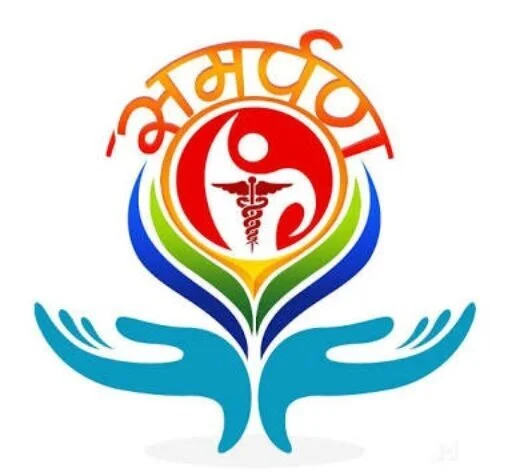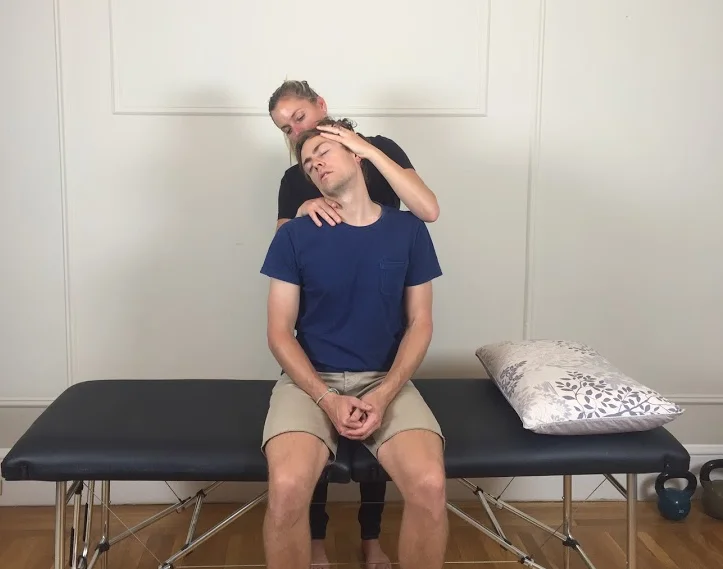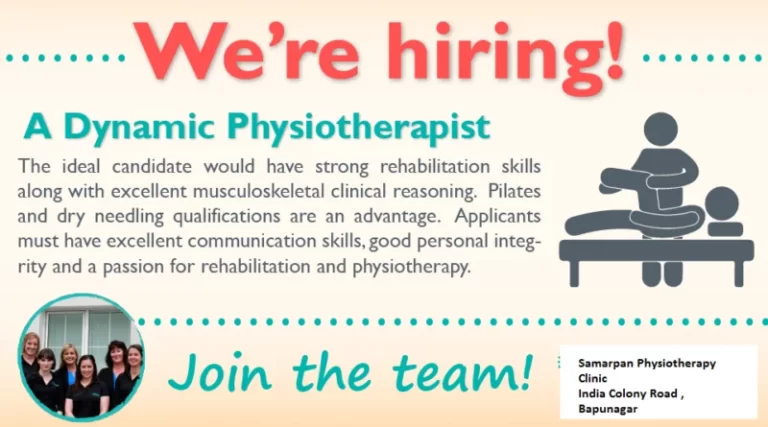Benefits of Exercise With Fibromyalgia
If the patient has fibromyalgia with painful tender points, deep muscle pain, and fatigue, exercise is likely the last thing on the mind. Yet, exercise can be just what the doctor ordered.
Whether it is daily walking, stretching, swimming, yoga, tai chi, or Pilates, low-impact exercise programs may keep a person fit in spite of the fibromyalgia — and can help decrease the pain, as well.
Table of Contents
Why is exercise important for fibromyalgia?
- Experts believe that exercise is important for keeping muscles strong and flexible, controlling weight, and helping the person to stay active in other areas of life.
- In fact, exercise and activity permit patients to have some control over fibromyalgia and the degree of pain they feel.
- It used to be that physician thought that exercise might worsen fibromyalgia symptoms or improves the disease.
- So doctors encouraged patients to rest, not activity.
- But the latest research has shown that, for most patients, range of motion, strengthening, and aerobic conditioning exercises are really needful and healthy.
Benefits of exercise for those with fibromyalgia
Regular exercise benefits an individual with fibromyalgia by doing the following:
- Burning calories and making weight control easier
- Doing a range of motion to painful muscles and joints
- Improving a person’s outlook on life
- Improving the quality of sleep
- Improving one’s sense of well-being
- Increasing aerobic capacity
- Improving cardiovascular health
- Increasing energy
- Reducing anxiety levels and depression
- Relieving stress associated with a chronic disease
- Restorative the secretion of endorphins or “happy hormones”
- Strengthening bones
- Strengthening muscles
- Relieving pain.
Are there exercises to avoid fibromyalgia?
- Generally, there are no such exercises to avoid if the person has fibromyalgia.
- Aerobic exercises like (running, and jogging), weight training, water exercise, and flexibility exercises may all help.
- Golf, tennis, hiking, and other recreational activities are also healthy.
- Discuss the plan with the doctor before starting the exercise.
Fibromyalgia-friendly exercises
Less pain, more energy-
- Do not let the muscle pain and fatigue of fibromyalgia keep the person on the sidelines.
- The patient can — and should — get moving. Here are some simple tweaks to general exercises that may increase the person’s energy, reduce pain and stiffness, lift up the mood, and improve sleep.
- Check with the best doctor prior to starting.
Get warmed up-
- Take time to loosen the muscles first. It will help the patient to avoid injury.
- Start with the feet and work the way up.
- Take it slow, pendular motions (clockwise and counter-clockwise) with all the joints until they move easily.
- If it hurts, then immediately stop.
Stretch more, hurt less-
- Regular stretches may help the joints move more smoothly.
- The patient may hear this called range of motion.
- The main focus is on the large muscle groups like calves, thighs, hips, lower back, and shoulders.
- Hold this stretch for 30 seconds.
- Immediately stop if it hurts.
- Just try to stretch two to three times a week.
Calf stretches-
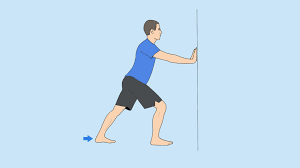
- Here is how to perform this move. Face a wall.
- Place both palms flat on the surface, one foot forward, and one foot back.
- Leave both heels on the floor and lean forward.
- Feel the pull in the calf and the Achilles tendon at the back of the ankle.
- Hold the stretch for 30 seconds.
- Switch legs and repeat.
- Stretch each calf three times.
Aerobic exercise-
- This is one of the great ways to take charge of fibromyalgia.
- An aerobic exercise utilizes large muscles over and over for a set period of time.
- Walking is the easiest, and the patient does not need any special things other than a good pair of shoes.
- Swimming and biking are also better options.
- The trick is to find something that patient like and do it for 30 minutes a day, 5 days a week.
- If the patient needs to start with 10 minutes and work their way up, do it.
Boost your muscles and mood-
- Strength exercises may reduce pain and help with depression.
- The patient does not need to lift a heavy barbell.
- What matters here is the range of movements the patient take their muscles through. Before the start, get some tips from a trainer at a fitness center.
- Ask the trainer how to use handheld weights, elastic bands, or strength-training machines the right way, so the patient does not injure themselves or make the pain worse.
Isometric chest press-

- If regular strength training hurts, try exercises called isometrics.
- The patient will tense their muscle without any visible movement.
- Here’s how to perform the exercise-
- Hold both arms at chest height.
- Press the palms together as hard as the patient can.
- Hold this exercise for 5 seconds, then rest for 5 seconds.
- Do this exercise five times.
- Gently build to holding the press for 10-15 seconds at a time.
- If this position is painful, ask a therapist to show another isometric chest exercise.
Isometric shoulder extension-
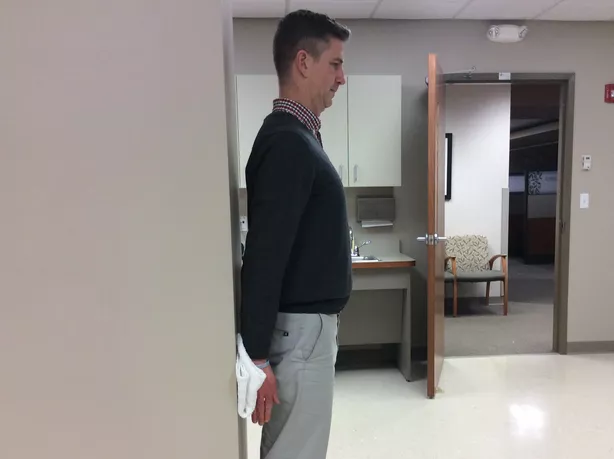
- Stand with the back against a wall and both arms at the patient’s sides.
- With both elbows straight, push both arms back toward the wall.
- Hold this movement for 5 seconds, and then rest.
- The patient can repeat this 10 times.
- If the move hurts, ask a trainer to show another isometric shoulder exercise.
Ice your pain-
- If the patient overdoes it during their workout, a cold compress may help.
- It reduces pain and swelling.
- The patient can then muffle the cold pack in a towel so it is not right against the skin.
- Applied it on for 20 minutes, then take it off for an equal amount of time.
How much is enough?
- If the patient just getting started with exercise, choose low- to moderate-intensity activities.
- The patients’ choices incorporate mall walking, swimming, water aerobics, using a kickboard in a pool, yoga, tai chi, or biking.
- Start with a gentle rhythm and increase the time and intensity as the patient can.
- Furthermore, the goal is to work up to 30 minutes a day, 5 days a week.
Daily activities count-
- Household activities such as, mopping floors, washing windows, and mowing the yard are exercises.
- So are fun things such as gardening and playing with kids or grandkids.
- Anything that gets the patient moving may help them when it comes to improving their fitness and reducing their symptoms.
Yoga for body/mind fitness-
- This blend of stretches and meditation may also help the patient to get more fit.
- The postures a person holds, called asanas, ease aches and pains.
- And the exercises that teach the patient to focus their thoughts, called Dharana, may help them overcome fibro fog.
- Meditation keeps their mind in the present, which helps them to handle their pain.
What type of yoga works best?
- Viniyoga is a type that combines deep breathing with gentle stretches.
- It’s a way better way to improve health.
- The patient will need to find a good teacher who knows how to work with someone who has fibromyalgia.
- Check with the common community center or gym. Or ask your support group, an online fibro community, or a doctor for suggestions.
Heat can help-
- Use it before and after the exercise to reduce any type of pain and stiffness or to decrease muscle spasms.
- Heating pads, heat lamps, and warm baths or washcloths are all better choices.
- Use the heat for 20 minutes, then stop for 20 minutes before trying it again.
Diet-
- Some doctors say what the person eats may play an essential role in fibromyalgia — just not an equal role for everyone.
- Some kind of foods and ingredients — like aspartame, MSG, caffeine, and tomatoes — looks to worsen symptoms for some people.
- To look out if something in a person’s diet is a trigger for them, try not taking that one food at a time and keeping a diary of how the person feels.
Easy home exercises to manage fibromyalgia pain-
Start with aerobic exercise-
- What is better for fibromyalgia symptoms — aerobic or relaxation exercises?
- One study found aerobics to be more effective — even in people with severe fibromyalgia.
- Begin an exercise program with a low-impact cardiovascular exercise like walking.
- If walking creates too much stress on the muscles or joints, try non-weight-bearing activities like swimming or bicycling.
Ready, set, walk-

- Walking may also help reduce pain and fatigue.
- Begin with walking as little as five minutes a day and add 30 seconds or a minute each day if the person can.
- Continue work up to 30 minutes to an hour of walking, three to four times a week.
- If the patient start to struggle, walk for a suitable length of time for several days before increasing again.
- If the person wants a more intense workout, try alternating walking with slow jogging.
Curl up into a pose-
- Just can not drag yourself out of the house some days?
- Then do yoga poses at home.
- Yoga is a combination of stretching and meditation that looks to ease multiple fibro symptoms involving poor sleep, anxiety, and depression.
- Seated yoga positions may be practiced on a chair or the floor. Or try a restorative pose:
- Lie on the floor with both legs extended straight up a wall.
Take the plunge-
- Hit the neighborhood pool even if the patient does not know how to swim.
- Water is easy on the joints, it calms the muscles, and it permits the person to stretch more.
- If the patient can not swim, find an aquatics class that involves a gentle range of motion, flexibility, strengthening, and aerobic exercises.
- Warm water in particular (around 88 degrees) can help relax muscles more.
- Look out for a gym or clinic with a warm-water pool or hot tub.
Strengthen the muscles-
- An individual with fibromyalgia was once discouraged from doing strength training.
- But evidence has shown that it’s safe and helpful.
- Strengthening muscles makes daily activities like climbing stairs and doing household chores easier.
- Use props such as resistance bands or free weights.
- To strengthen calves, rise up on the toes as high as the person can and gently lower yourself back down.
- Hold weights during reps.
Stretch for flexibility-
- Can a person move all their joints through their full range of motion?
- Many individuals with fibromyalgia can not.
- Range-of-motion exercises slowly reduce stiffness and keep joints flexible, making movement smooth during their daily routine.
- Start with simple motions like rotating both the arms and legs as the person sitting in a chair.
- The doctor or a physical therapist may help identify the right exercises for the patient.
Every little bit helps-
- Maybe the idea of exercise still seems overwhelming.
- Or maybe the patient is already in an exercise program.
- The person can still try to add little bits of physical activity to their daily routine.
- Walk up the escalator. Move the remote so they have to get up to change the TV channel.
- Push the baby stroller when the person goes for a walk.
- Some tiniest challenges like these shouldn’t worsen symptoms but should upgrade pain and fatigue.
Stay psyched to move-
- Exercising regularly helps the patient to get the most out of their program.
- But fibro symptoms may degrade motivation.
- To stay motivated, exercise with a friend or a fibro support group in the area.
- Set small goals for yourself. And when you reach your goals, recompense yourself with a massage, a movie, or extra reading time.
- Above all, stay your eyes on the prize: feeling your best, even with fibromyalgia.
Manage the symptom through exercise
- Regular, moderate exercise is an essential part of managing fibromyalgia.
- Reducing body mass index can actually decrease the risk of developing fibromyalgia.
Research has shown that the following treatments may reduce pain and improve function, general health, and sleep in patients with fibromyalgia:
- Reduce the pain
- Improve range of motion
- Aerobic exercise
- Aquatic exercise.
- Stretching.
- Strengthening exercise.
- Yoga.
- Tai chi.
- Deep breathing exercise
- Whole body vibration.
1-Reduce the Pain
- To reduce the pain, the physical therapist may select from a number of treatments:
- The therapist may use pressure on specific points of the muscle, followed by stretching or contracting the muscles, to reduce the pain and make the muscles more flexible.
- The therapist also might use manual therapy techniques to help reduce the pain in the muscles and other connective tissues (the material between the cells of the body that support the organs and other tissues).
- In states where it is approved by the physical therapy practice act, the therapist might use an approach called “dry needling” to relieve the pain by inserting very thin wire-like needles into the affected areas of the muscle.
- Massage therapy may be used to improve blood flow to the tissues and give muscle relaxation to reduce muscle pain and stiffness, and break up scar tissue.
- Depending on the severity of the pain, the therapist might decide to use electrical stimulation to help relieve the pain.
- Most people find that portable electrical stimulation devices help them manage severe pain independently.
- The physical therapist will work with the patient to help determine if this type of treatment makes sense for the patient.
2- Improve the range of motion
The therapist can use manual therapy techniques to move the joints while the patient is relaxed to help increase joint motion. These techniques are merged with exercise, stretching, and movements that you control.
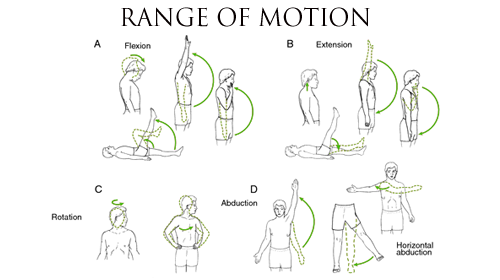
Use Special Techniques
- Research indicates that the best results are likely to come from integrating a variety of treatments.
- Appropriate medications, exercise, and “mind-body techniques” may work together to help the patient to manage their symptoms.
- Some techniques, like meditation and cognitive behavioral therapy, can change the responses to pain and give relaxation.
- Physical therapists also are educated and experienced in how to identify behaviors that may interfere with recovery of function, and often refer patients to other healthcare professionals who can help them reduces these barriers.
- The physical therapist might use biofeedback to help the patient to control muscle tension and reduce the pain, using a device that provides the patient with information about the amount of pressure in their muscles.
- The therapist places electrodes on the skin with a soft gel, and these electrodes record muscle tension while the therapist explains how the patient can relieve that tension.
- The therapist also may show the patient how to set a daily time for sleeping and waking to allow for good restorative sleep.
- The therapist will discourage the patient from sleeping in the daytime, as that may throw off their sleep cycle.
3-Aerobic exercise

- Research has frequently shown that regular aerobic exercise upgrades pain, function, and overall quality of life in the individual with fibromyalgia.
- Many therapists prescribe gentle aerobic exercise as the first line of treatment for fibromyalgia.
- This is prior to any type of medication being considered.
- Even if the doctor prescribes medication for the condition, it’s necessary to be active.
- If it is too painful or the patient is too tired to exercise, the patient can begin with walking, moving in a swimming pool, or other gentle activities.
- If the patient does this on a daily base, they can build their strength and endurance over time.
- Aerobic exercise mainly includes walking and its modification like nordic walking.
Walking
- A physical therapist may help the patient to develop a home exercise program, but first, why not try simply walking?
- The uncomplicated form of activity is often the best.
- The patient can do it anywhere and all you need is a good pair of shoes.
- Start with a little, easy walk and build up to walking for longer periods or a brisk pace.
- A good goal, according to the research, is to work up to at least 30 minutes of aerobic activity three times per week.
Nordic Walking
- Nordic walking is a walking technique explicitly designed for fitness purposes and it includes walking with specially designed walking poles similar to those used when skiing.
- The practice in fact began out as a ski-training technique during the off-season months.
- The research found that moderate to high-intensity outdoor Nordic walking improved physical health and a noticeable improvement in functional capacity.
4-Aquatic exercise-
Pool exercises
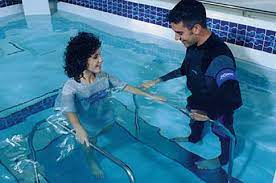
- Warm water and light exercise make for a soothing combination to help to reduce the pain of fibromyalgia.
Too many different studies have shown that it gives a lot of benefits. Researchers say it may help:
- Increase pain threshold (the point at which sensation becomes painful)
- Reduce tender-point counts
- Reduce pain
- Boost cognitive function
- Improve functional capacity
- Improve mental health
- Decrease body fat
- Make the patient perceive their condition as less severe
- Studies also manifest that patients with FMS are able to tolerate warm-water exercise better than some other forms of exercise.
5-Stretching exercise-
Stretching
The patient does not have to blow up in a sweat in order for exercise to be useful. For example, try:
- Gentle stretching
- Relaxation exercises
- Maintaining good
- posture is careful not to overdo it.
- It good is to stretch tight muscles after the patient has done some light aerobic exercises to warm up.
- This will help them avoid injury.
Here are some other tips for healthy stretching:
- Never stretch to the point of pain.
- Hold the light stretches for up to a minute to get the best improvement.
1-Side bend-
- Stand with feet shoulder-width apart and stomach tight.
- Gently bend to the right, stretching your left arm overhead and resting the right hand on the leg.
- Hold this position for one second, and slowly return to the start position.
- Repeat this pose on the other side; this is 1 rep. Do 10.
2-Can Opener for Back and Shoulders
- Stand with feet shoulder-width apart.
- Reach arms overhead and cling to hands together, fingers interlaced and palms facing outward.
- Propel both palms together and squeeze elbows inward as if trying to pop a balloon, keeping shoulders down and neck straight.
- Return to starting position.
- Do 10 reps.
3-Shoulder Rolls

- Stand with shoulders relaxed, arms at my sides, and back straight.
- Slowly roll both shoulders as regards to ears and back towards the rear.
- Relax the neck and roll forward, returning to starting position.
- Do 10 reps, go after a set of the side bend exercise.
- Repeat this roll 2 to 3 times. (Relax the tight shoulders with these simple yoga poses.)
4-Huggers
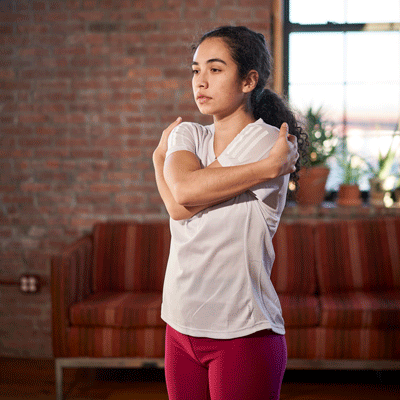
- Stand with both feet together and arms outstretched.
- Slowly muffle arms around the torso in a hugging motion, with the right arm above the left.
- Extend the arms as wide as possible.
- Repeat this, with the left arm above the right.
- Do 10 reps.
5-Kneeling Triangle Pose
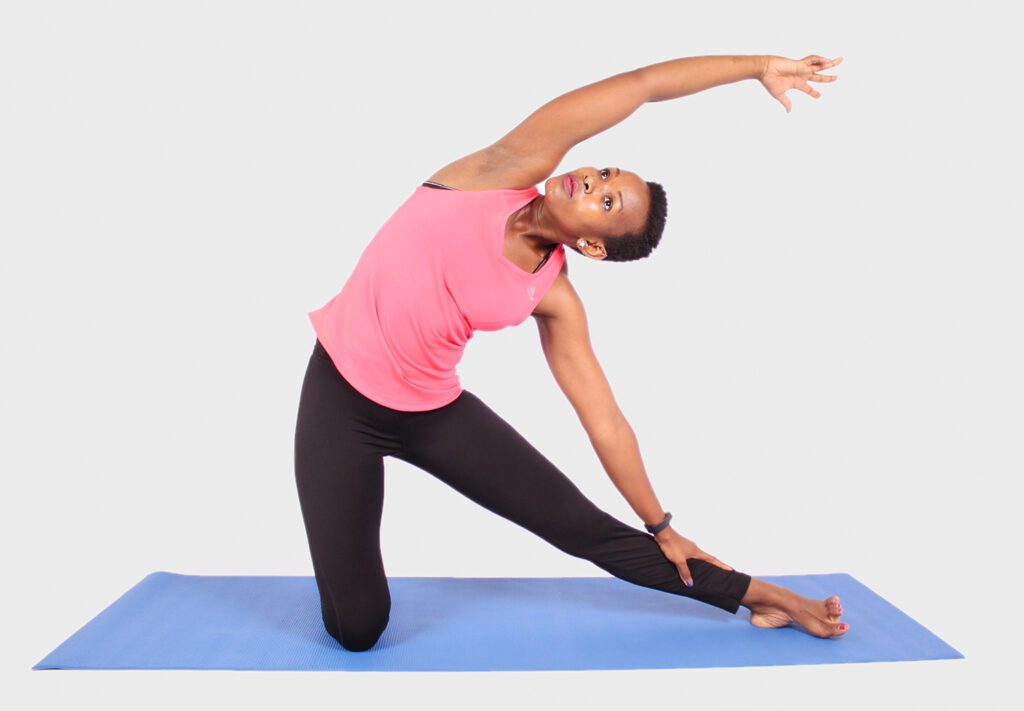
- Step left foot ahead and bend both knees into a lunge.
- Lower right knee to the ground, safekeeping the left knee over the ankle.
- Raise the right arm overhead.
- Slowly hunch to the right and touch your left hand to the ground, feeling the side stretch.
- Hold this triangle pose for 5 to 10 seconds before returning to the center. (Avoid these common yoga mistakes.)
6-Downward-Facing Dog
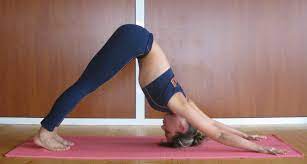
- Begin with hands and knees, hips in line with knees, and shoulders in line with hands.
- Resolute through hands, lift knees off the floor, and straighten legs, pushing butt in the air.
- (Can not o it? Try this alteration.)
- Align ears with arms and put the head facing the floor.
- Hold this position for 4 seconds, breathing deeply.
6-Strength training-
- Strength training may significantly increase the quality of life for people with fibromyalgia.
- Strength training incorporates resistance exercises and weight lifting.
- It is crucial to improve the intensity slowly and use light weights.
- Begin as low as 1 to 3 pounds.
- On daily basis, strength training can result in a significant reduction in:
- Pain
- Fatigue
- Tender points
- Depression
- Anxiety
7- Yoga-
1-Standing forward bend, or Uttanasana
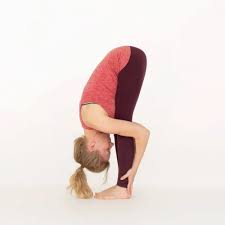
- Stand with the feet hip-width apart.
- Bend forward from the hip joints.
- If possible, put the fingertips or palms on the floor.
- People who can not reach the floor with their hands may put their palms on the tops of their thighs or calves instead.
- After staying in this position for 30–60 seconds, gently roll the body up until standing straight.
- Anyone with a bad back can prefer to keep a bend in the knees.
2.Bridge pose, or Setu Bandha Sarvangasana

- Start with lying on the floor in the back
- . Bend the knees, and put both feet flat on the floor.
- Straight out the arms and, if possible, cuddle them together beneath the body while exhaling and lifting the tailbone off the floor, keeping the buttocks tightened.
- Hold this yoga pose for 30–60 seconds.
- Exhale while gently rolling the lower back and spine toward the floor.
- To preserve the neck and decrease the discomfort while lying face-up on the floor, put a rolled-up blanket beneath the shoulders.
- An individual with a past history of neck injury should avoid this pose.
3-Cobra pose, or Bhujangasana
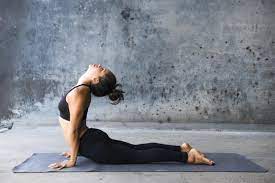
- Start with lying face-down on the floor with the hands beneath the shoulders and the palms on the floor.
- Pull the elbows back toward the body.
- Inhale and push into the palms, straight out the arms until the upper body lifts off the floor.
- Try not to lift up the feet or pelvis off the floor.
- Experience the stretch across the chest and in the lower part of the back.
- Hold onto in position of yoga position for 15–30 seconds, then release the pose and return to the starting position.
- An individual should not do this pose during the time of pregnancy or if they have a headache, carpal tunnel syndrome, or a back injury.
4-Corpse pose (Savasana)
- Start with lying flat on the back.
- Breathe slowly in and out and think about healing breath filling the body.
- On breathing in, look out for the energy coming in to refresh the body.
- When exhaling, experience the tension and pain flowing away.
- Stay in the pose until ready to stop. Doing these poses daily may enhance a sense of well-being.
5-Pilates
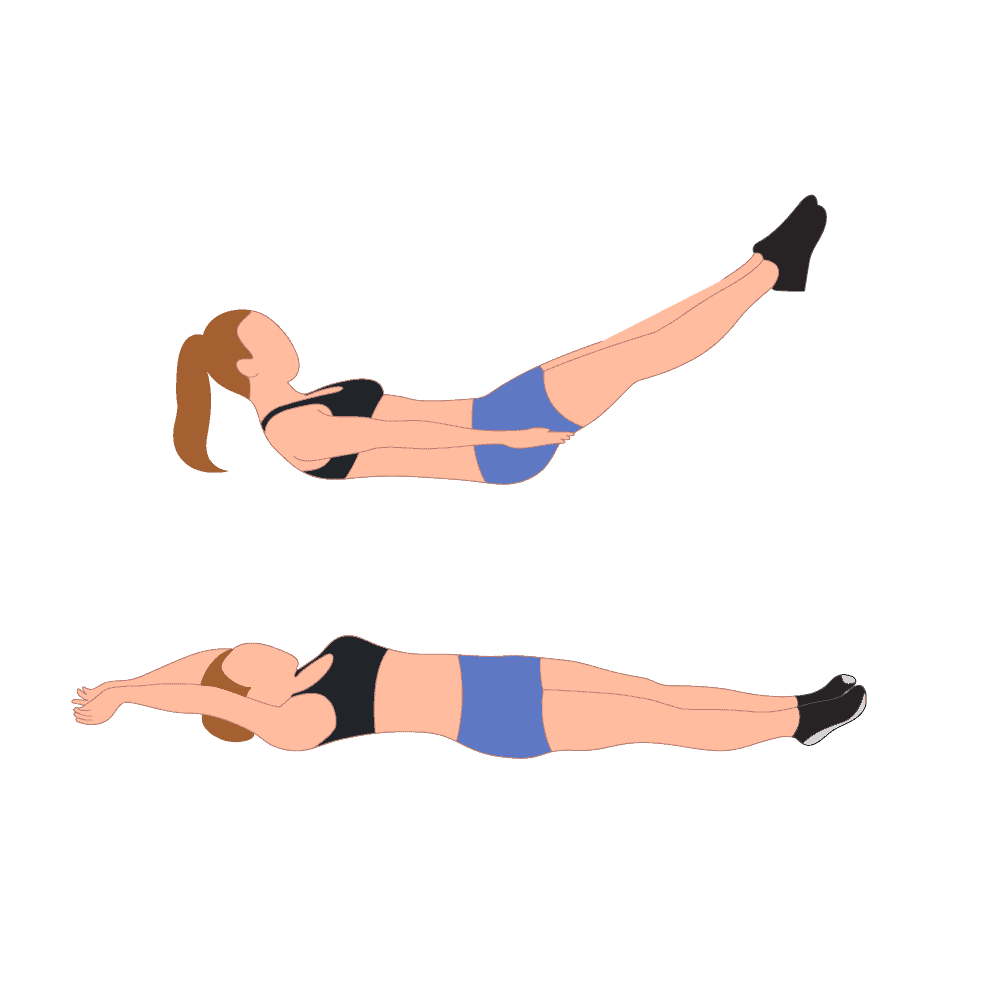
- Pilates includes low-effect activities that help build core strength, while also improving stability, balance, and circulation.
- Ask a good healthcare provider for recommendations on a physiotherapist who conducts pilates classes or workshops in the nearby area
8-Tai – chi-
- This mind-body technique includes deep breathing, meditation, and controlled movements.
- Tai chi may improve muscle strength, balance, and stamina. It is not strenuous, but a person can develop sore muscles or sprains if they overdo it.
9-Deep breathing exercise-
The Relaxing Breath
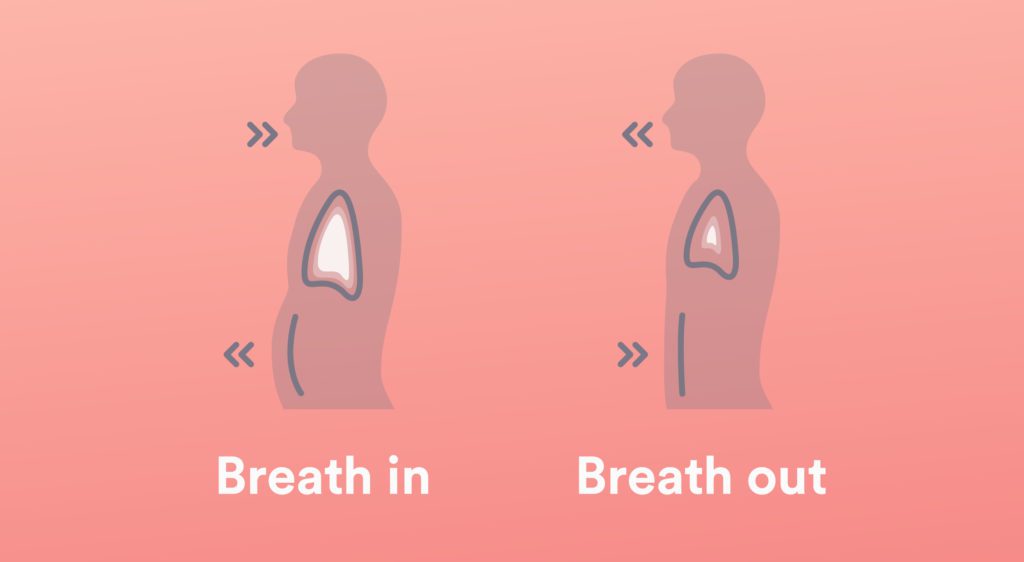
- This technique is also called 4-7-8 to remember
- How to perform it – puts the patient in a relaxed state.
- Maybe that is why it works to reduce the pain, too.
- The position is not as necessary as breathing itself so just get comfortable!
- Sit with the back against the wall or lie down with a pillow under the knees, head on a pillow.
- To start, exhale completely through the mouth.
- It should sound a little like a whooshing sound.
- With your mouth closed, inhale slowly through the nose to a count of 4.
- Hold that breath to a count of 7.
- Exhale completely through your mouth, this time to a count of 8.
- The 4-7-8 sequence is ONE breath.
- Inhale once more and repeat 3 more times for a total of 4 breaths.
- Take time throughout the entire day to repeat the 4 breath sessions.
10-Whole body vibration-

- Whole Body Vibration, Whole body vibration is a relatively brand new type of exercise in which exercises such as squats and other techniques are practiced on a vibration platform.
- Some researchers have already found that this practice increases balance, especially when merged with more traditional exercise programs like yoga or pilates.
- The results of tests so far have been so encouraging that researchers have recommended the development of physical therapy programs that include the use of whole-body vibration.
FAQ
Exercise frequently (aim for daily) for 15 minutes. As little as 5 minutes a day may decrease the pain. Aim to experience “good tired” after a workout but better the next day. If exercising increases the pain, just go easier and exercise for less time.
According to research, overdoing it may lead to worsened fibromyalgia symptoms three to five days after exertion. Even worse, “person can end up having a flare,” .”person may try to make up for a lost time, but they do not need to train hard. Honor the body, and train for good health instead.”
Stretching with fibromyalgia just experience good. Stretching helps activate the parasympathetic nervous system, helping a person to relax. It also helps release endorphins that make the person feel good by helping to mask pain, and it gets the person moving and increases blood flow, helping them to feel more awake and alert.
Fibromyalgia tends to run in families, so genetic factors are likely to contribute to the disorder, but little is known for sure about the specific genes included. Researchers believe that environmental (nongenetic) factors also play a vital role in a person’s risk of developing the disorder.
Especially, laser photo-biomodulation therapy has reportedly been effective in the treatment of fibromyalgia symptoms. proof suggests the benefits of laser therapy in women fibromyalgia patients. The treatment was designed to increase patients’ pain outcomes and upper body range of motion.



